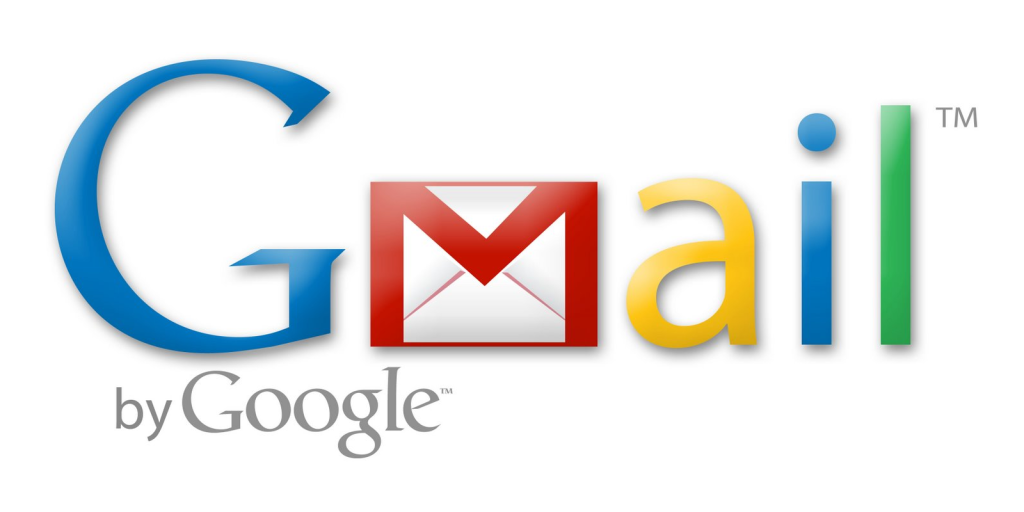What the New Gmail Interface Means for Marketing
If you are a Gmail user, you have noticed by now that your inbox has had an organizational overhaul. In June, they rolled out a brand new inbox that allows maximum regulation of what needs to go where. Five separate classified inboxes hold emails from all the different sources that previously were in a single inbox, allowing users to decide what read and when while also providing email marketers a new challenge. Now that a couple of months have passed, sorting technology has been amplified.
 If you think your newsletter or incentives are being overlooked by potential customers or readers, don’t beat yourself up by believing your subject line isn’t enticing enough. Escaped readers just might not notice it with all of the other emails that they get. Now, your promotional emails have their own tab.
If you think your newsletter or incentives are being overlooked by potential customers or readers, don’t beat yourself up by believing your subject line isn’t enticing enough. Escaped readers just might not notice it with all of the other emails that they get. Now, your promotional emails have their own tab.
Alongside the promotions tab is a primary tab containing person to person conversation, social tab including notifications from social networks, updates tab for order confirmations, and forums tab intended for messages from online groups and discussion boards. While the modern internet user is bound to fill these precisely sorted tabs up with emails daily, the promotions tab is what email marketers should be paying attention to.
Gmail’s promotions tab holds deals, offers, and other marketed emails. When a user clicks on the promotions tab, they know exactly why they are there and are more open to receiving your message. Rather than missing your marketing email because they were distracted by a competing message from a coworker, they are strategically looking at valuable educational information, deals, offers, updates, and incentives. Not only may your opened emails increase, people might actually pay attention to what is in them. This little tab could serve as the reason for your latest email campaign’s success. Your campaign’s focus may even be able to shift from “Why is no one opening our emails?” to “What can we provide our consumer in this email that will build our relationship?”
With all of the changes, it is important to let your subscribers know how to make sure your company’s emails are ending up in the right place. Gmail’s smart filters will generally get your email to the right place, but if they don’t, users need to move the email from the incorrect inbox it landed in to the appropriate one. By doing this once, Gmail will remember your email belongs in the inbox you moved it to.
With platforms increasingly engaging subscribers, the future for marketers with audiences who utilize Gmail–which has 425+ million users–is bright. For the latest news in marketing innovation, be sure to read the McCauley Services marketing blog and follow us on Facebook, Twitter, and Google+.
